Medicago lupulina
Medicago lupulina black medick
This introduced member of the pea family closely resembles the hop , except that it has a downy stem, minute teeth on the leaflets, especially towards the ends. Later in development the flowers produce characteristic black twisted seedpods. It is, like the hop clover, a sprawling plant that grows along roadsides and waste places throughout North America.
It has a preference for fine textured, poorly drained soils that are low in organic matter. Like many of the clovers it has three leaflets. In this case the center leaflet is on a separate petiole. It is a summer annual or perennial that blooms from March to December, depending on location. It produces a small round cluster of yellow flowers.
Like most members of its family, this species is a legume; thus it is able to fix nitrogen gas and turn it into soil nitrates. Although sometimes used as a fodder plant, especially on poor soils, it more often considered a weed. The seeds will remain viable in the ground for up to ten years and under water for nine months. Honeybees will use its nectar to make honey. It is also called black hay, black nosuch or blackweed.
Habitat & Range
Grows along roadsides and waste places.
Present throughout the state.
| EMP: | FACU |
|---|---|
| NCNE: | FACU |
Phenology
Flowers May to October.
Similar Species
Trifolium spp. - medick looks similar to yellow Trifoliums
the terminal leaflet of medick has a pointy bristle at the tip
medick has one seed per fruit, while Trifolium has 4 or 5
the corolla in medick falls off right after flowering to an early reveal of the dark, reniform fruits suggesting a spiral. In Trifolium, corolla remains a dried-up mass
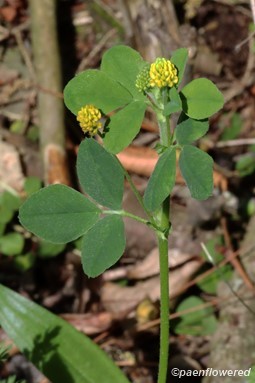

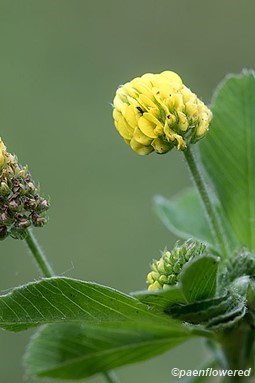
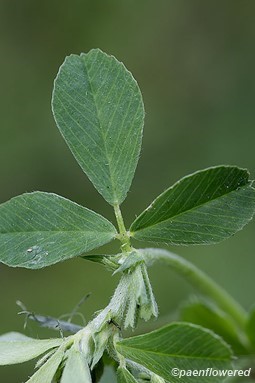
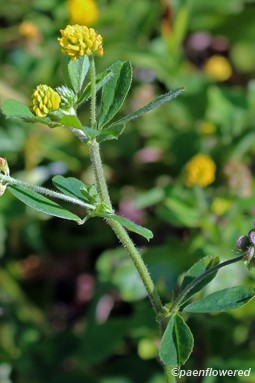
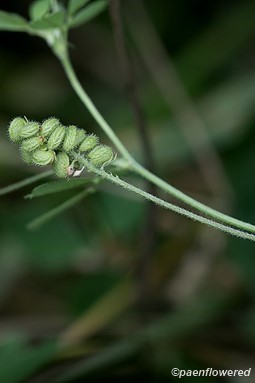
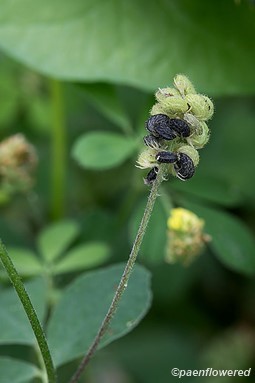


Comments
Have you spotted this plant in your area? We'd love to hear about your experience! Share your comments or questions about the plant below. Comments are moderated before posting.